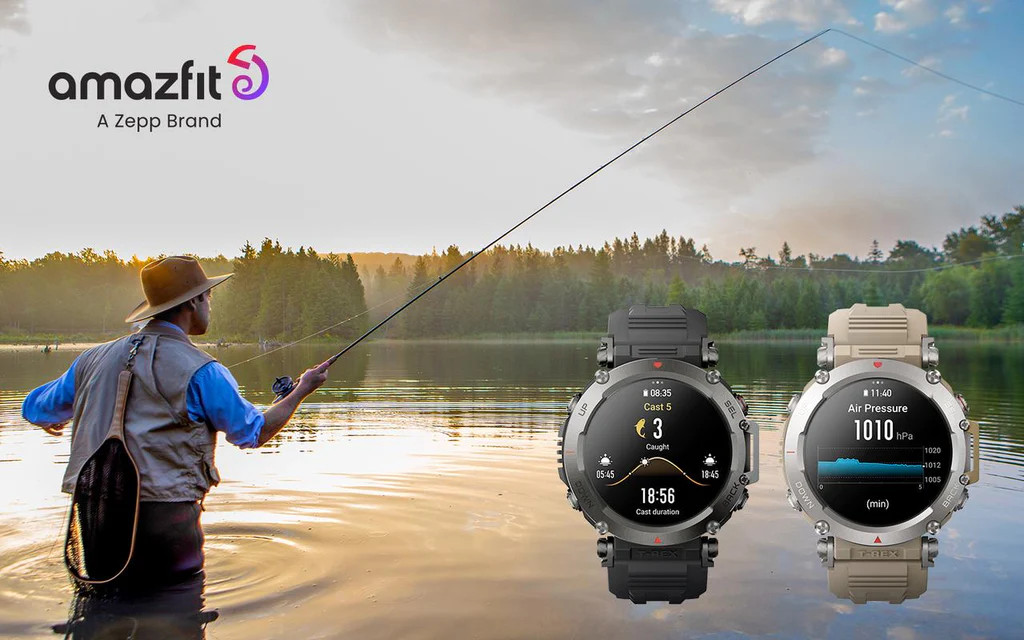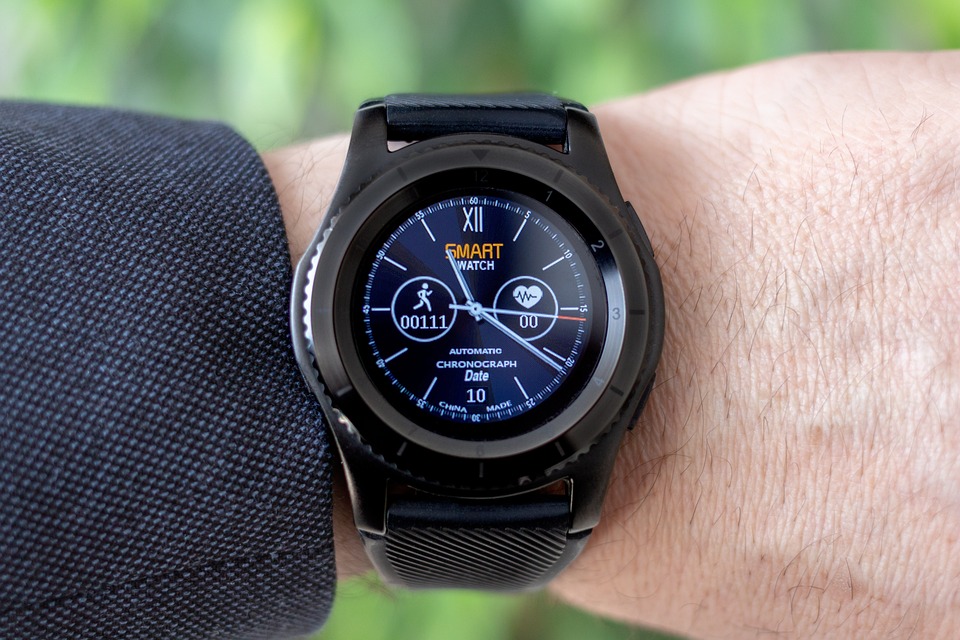Beautiful Dumbass or Digital Nanny?
Every weekend, Frank Xavier is used to ramble over into ridge of a mountain or riverside of a brook tucked away in hills. With a worn out backpack and trekking pole, he hikes around one and the other to dusts off stress and anxiety during his work. In his opinion, hiking does not need the bells and whistles suggested by the online guidance. In addition to jacket, trekking pole, backpack and other essentials, a smartwatch suffices.
"A smartwatch with track navigation can solve a lot of trouble. Firstly, you no longer worry about getting lost. Secondly, you can relieve your mobile phone from running out of power drastically, because the battery will drain fast when you use your mobile phone in the outdoor area to take pictures while turning on the navigation, ." Frank added, "but watch should be adequately accurate, otherwise it will be more of a hindrance than a help."
While Frank represents a group of users who emphasize technicalities, Jane Shelhamer represents another.
"Before I bought it, I planned to use it to read the time, to work out, to monitor my sleep, and to receive information. Well, it eventually ended up one: adornment." Jane had been torn for half a month before she bought the smartwatch, worrying that the watch would end up in a corner gathering dust, no different than all the other electronic gadgets in her house. She finally was determined to buy one out of affection for the fanciness brought by the watch. Afterward, Jane bought almost 30 straps one after the other. She picked a matched strap according to weather, dressing, moods and occasions. For that, her smartwatch, she said, serves its turn in full scale.
Smartwatches are always referred to as "beautiful dumbass" with a banter that as long as you have a thought of owning it, it will appear on your wrist sooner or later. However, those who tease it, who constantly explore different kinds of practical snippets and craft innovative recipes serving various dressings in order to squeeze the most out of the "beautiful dumbass".
Lucy Chapman bought a smartwatch after she contracted Covid-19 at the first time. She placed the ante bet on health monitoring because of often feeling rapid heart rate, hoping that the watch could call an ambulance immediately in case of any emergency.
More than a year of wearing smartwatch, Lucy relies heavier and heavier on it to record fitness, menstruation, mood and more, referring it as a "digital nanny". "From a wake-up alarm, each stand-up reminder in daytime, to drinking alert, all are done by the watch. Can you expect anyone capable of such meticulous care in any timely manner?"
So does it pan out, the market has been segmented into various sectors for different products positioning to cater for different demand in aspects of appearance and functionality. Be it "beautiful dumbass" or "digital nanny", labels are good thing for both products and suppliers after all.
What Extent Can "Comprehensive Health" Reach?
Looking at the smartwatches on the market, most of them are equipped with a variety of health monitoring functions such as heart rate monitoring, exercise pedometer, pressure monitoring, continuous oximetry monitoring, respiratory training, etc. When each manufacturer launches each new model, they come up with more comprehensive as well as more specialized health monitoring functions to stimulate the consumers' desire to buy.
This year marks the 10th anniversary of the Apple Watch. Many are looking forward to the "Watch X", which, according to the media, could bring blood pressure and glucose monitoring. These would be a major innovation if these features were indeed unveiled this year.
Huawei, which has also been in the game for nearly a decade, introduced health monitoring features such as hyperglycemic risk assessment studies, cardiovascular risk screening, and one-click micro-physical checkups at the launch of the Watch 4 series. With Huawei WATCH 4 series, it takes only 60 seconds to complete the monitoring and risk assessment of 10 core health data in one click and generate a micro-physical examination report on both the watch and app side.
It is readily seen that, despite differentiation strategy by competitors, "Comprehensive Health" dominates all features to showcase their own hard power.
However, the refined demand shouldn't be overlooked. The smartwatch category has entered a more mature stage of competition in the existing market. It is a test of each brand's ability on balancing various aspects of the product functions, scenarios, and prices to satisfy divers product demands, to stimulate renewal purchase.
On April 17th, Amazfit launched Falcon, T-Rex and Cheetah series, announcing features updated, highlighting enhanced Fishing Mode and Running Mode.

Unlike hiking, fitness yoga or swimming, which have already been intensively plowed by major brands, fishing indeed is a scenario omitted by them. Fishing enthusiasts are always jested as a magical horde that once attracted through function enhancement, their viscosity shouldn't be weak.
After years of development, smartwatch has become a workhorse instead of white elephant at the beginning. Furthermore, it is a step-stone for major manufacturers to carry out ever-growing IoT strategy. Fiercer competition ahead, manufacturers have mobilize massive resources to "Comprehensive Health" and exploration of new scenarios. In a longer run, the health function of smartwatches will also receive greater attention and development, and the functions for different user groups will be more segmented and diversified.








